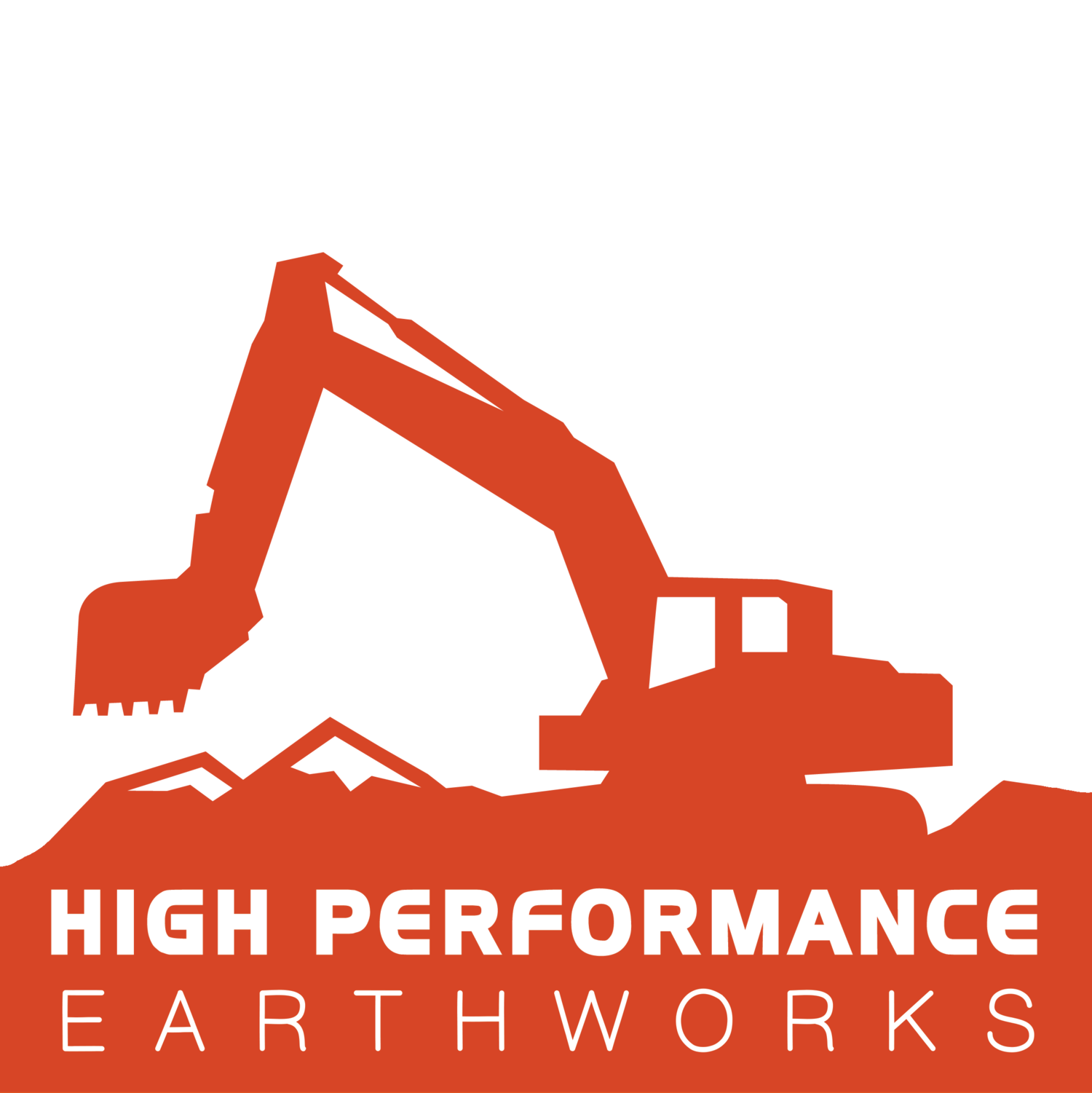Colorado Excavation Service Providers must bring multiple tools to your construction project.
The compact excavator, also known as a mini excavator, is an excavating tool that sits on a treading or wheeled platform. It comes equipped with a backfill blade and an extending hydraulic arm, or a “boom” arm. If you are considering a new excavation services contractor in Colorado, you must ensure that the company you hire makes use of these tools.
These excavators operate on a system of hydraulics, oiled pistons and housing designed to offer and large range of motion, similar to a human joint and its musculature. These systems of pistons and joints not only offer mobility to your Colorado excavation services contractor, but also a lot of resistance which is required to address the opposing resistance of the dirt that is being moved. These hydraulic excavators have three distinct components, these being the house, the undercarriage, and the workgroup.
Colorado excavation providers utilize this machine's housing structure, or “house” as the operator's compartment. Meanwhile, the Colorado excavator's engine housing, hydraulic pump and distribution components lead to and from the boom arm. The excavator's house structure is attached to the top of the undercarriage via a rotating bearing known as the “swing”. This enables the house to use this swing to rotate upon the undercarriage without limits to range of motion - This is critical for excavation services in tight spaces. The excavator's 360-degree design of the swing, in addition to a hydraulic distribution valve, supplies oil to the undercarriage components and keeps them rotating smoothly.
Typically, the Colorado excavator's undercarriage consists of rubber or steel tracks and treads, or a traditional wheeled support frame. The undercarriage is literally what it sounds like, it is the underneath of the vehicle which supports the housing structure and the workgroup.
The "workgroup" of a compact hydraulic excavator consists of a “boom” arm with an attachment which is typically a bucket, auger, or blade. It is connected directly to the front of the Colorado excavator's housing via a “swing frame” or a system of hydraulics that allows the workgroup to be moved left or right for maximum mobility and ability to do nuanced digging, such as trenching, or elevation. Another purpose of the boom arm is for digging around obstacles or along rigidly defined boundaries, like walls, molds, and sides. Another perk is that this Colorado excavator is able to reach into areas too narrow for the housing and undercarriage to enter. This Independent boom swing with, full rotation and reach, is one of the key advantages of a compact excavator over other excavation equipment.
The next component of the compact Colorado excavator is the digging blade, or “backfill” blade. This piece is the direct interface with the dirt, the thing that does the digging. It can be used for grading services, leveling services, backfilling services, trenching services, and general dozer work. The blade can also be used to increase the depth of the dig, depending on its position in relation to the excavator's workgroup. This, again, makes it very versatile and much more maneuverable than other equipment for Colorado excavators.
Hydraulic Colorado excavator capabilities, in general, have expanded far beyond simple excavation tasks in recent years. This is especially true for the compact excavator. With the invention of hydraulic powered attachments such as a tilt-rotator, breaker, or an auger. This Colorado excavator is frequently used in many applications other than excavation. Many excavators feature quick attachment mounting systems for simplified attachment mounting, dramatically increasing the machine's versatility as its own entity, as opposed to having to rely on multiple tools.
It is worth mentioning here that there are two distinct types of compact excavator. These being conventional tail swing, and zero tail swing. Conventional tail swing units have a rear counterweight that extends beyond the tracks when the house rotates. The zero-tail swing, on the other hand, allow operators to focus on digging and not looking at where they are swinging and are intended for operation in limited spaces, like next to a wall, or in a narrow corridor.
The capacity of these Colorado excavators to be both versatile and effective has increased by an incredible amount over the last 100 years. We are capable of completing much more precise excavation projects in half the time, and with half of the equipment that was previously needed. This allows Colorado excavation service contractors construction firms to take on twice the contracting, in half the time, which is truly auspicious for the industry.

